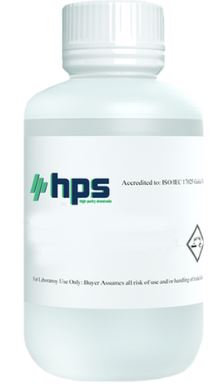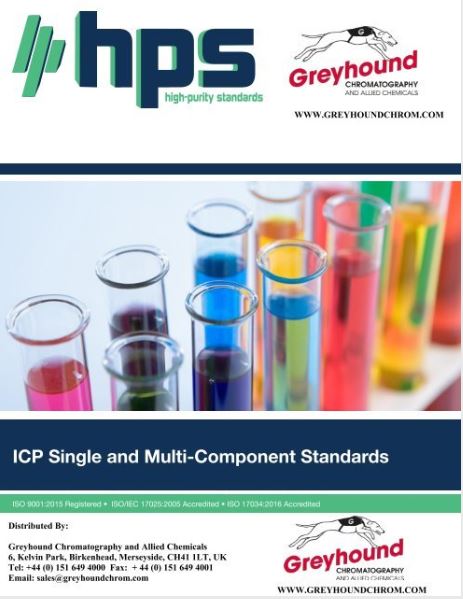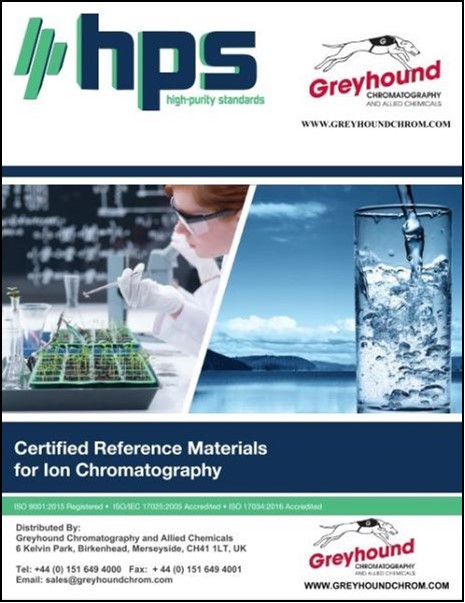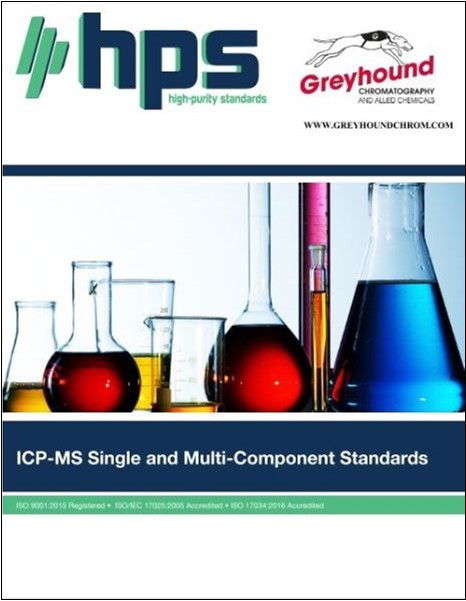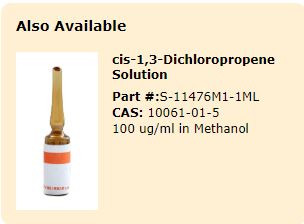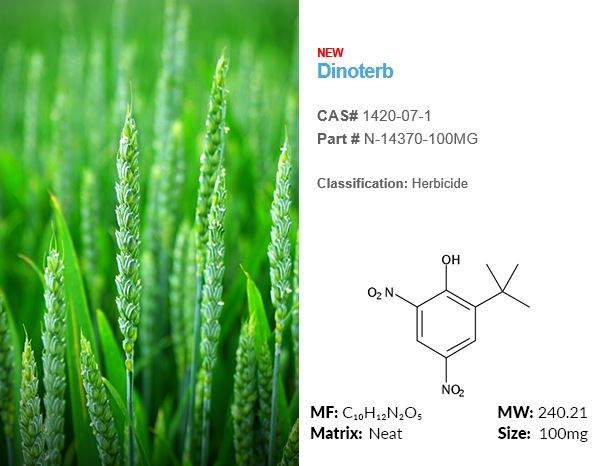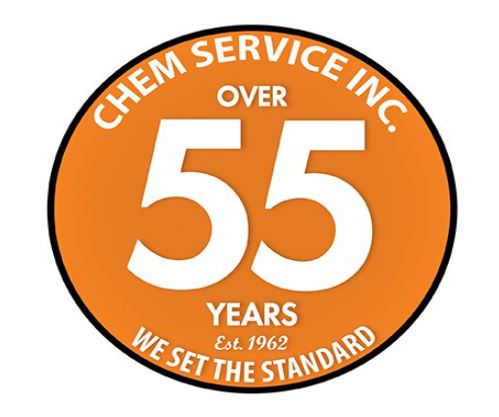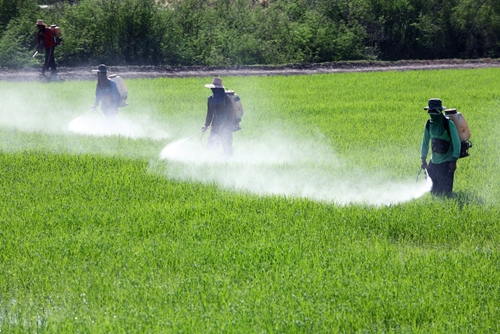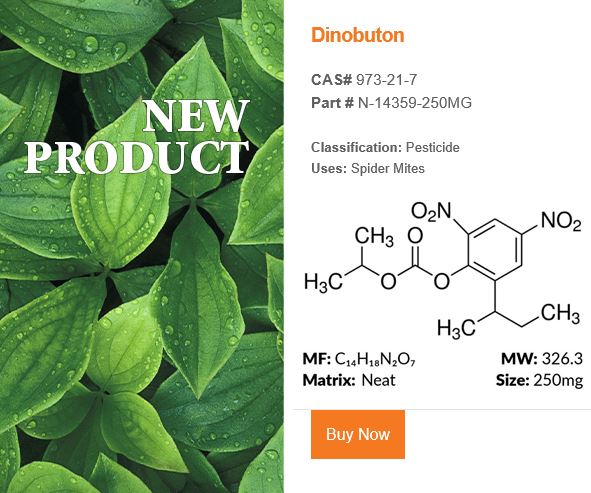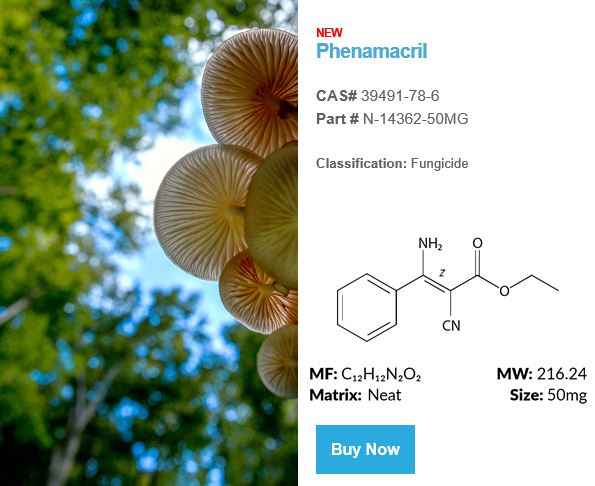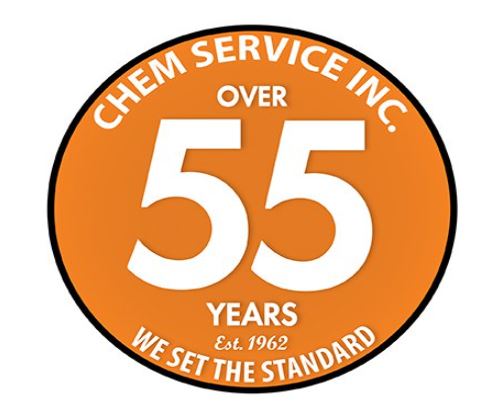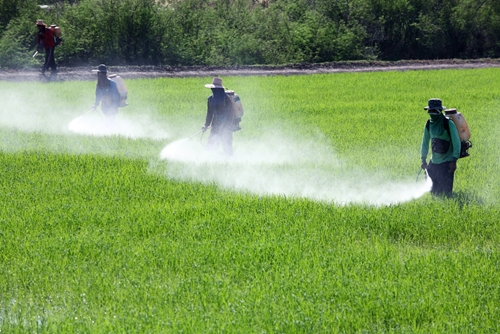CHEMICAL EXPOSURE COULD BE EXACERBATING HUMAN SUSCEPTIBILITY TO COVID-19
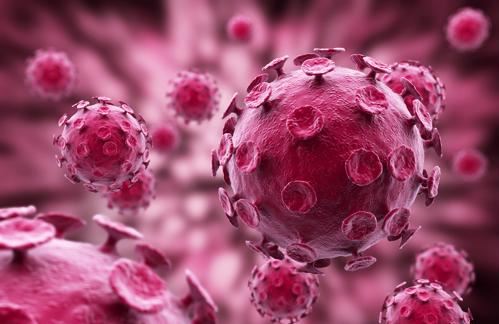
The effects of the novel coronavirus pandemic that has swept the globe during the early months of 2020 are wide-ranging and cataclysmic. First and foremost among them is the devastating tragedy of 170,000-plus deaths worldwide (as of April 15, 2020, per data from The Washington Post), but the economic impact is also undeniably, massively adverse.
While much of the world's population voluntarily stays home to help "flatten the curve" of infection, those considered "essential workers" are still out, and they risk contracting the virus's signature respiratory disease, COVID-19, every second they spend outdoors or in public, non-sterilized indoor settings.
COVID-19 is not fatal by default, but the risk of death or serious, long-lasting illness is much higher among certain groups of people: the elderly, those with compromised immune systems and individuals already prone to respiratory illnesses – throat-cancer patients, asthmatics and so on, according to the Centers for Disease Control and Prevention. Some experts have determined that regular exposure to certain chemical compounds may also increase one's chances of contracting the pandemic's disease.
Roots of the issue
The foundations for this chemical vulnerability are, unlike the disease whose odds they exacerbate, not novel, because they date back decades – nearly half a century, in fact.
Frederick S. vom Saal, Ph.D., a professor emeritus at the University of Missouri-Columbia, and Dr. Aly Cohen, founder and medical director at Integrative Rheumatology Associates, wrote a guest column for Environmental Health News in which they identified endocrine-disrupting chemicals as particularly dangerous in light of COVID-19. These substances, which include bisphenol A (better known as BPA) and the even more infamous chemicals in the perfluoroalkyl and polyfluoroalkyl families, are still found fairly easily in most people's daily lives.
Some exposure situations where EDCs can be found – working in factory settings, for example, are not as urgent at the moment, but others such as touching the packaging of many processed foods – are all but unavoidable.
EDC damage leading to increased COVID-19 risk
All of the chemicals under the EDC umbrella – in conditions of regular, consistent exposure – can compromise the function major endocrine glands within the brain, including the pituitary, pineal, thyroid and hypothalamus. The Endocrine Society noted that damage to these areas can impair the natural course of basic human growth in many ways: slowing metabolic development, weakening the development of immune responsiveness, throwing off proper calcium balance and putting reproductive abilities in grave danger, among others.
Damage to the immune system represents the most obvious route by which EDC exposure could increase one's likelihood of contracting COVID-19. That said, most of the other adverse effects scientists have linked to EDCs also contribute to making the body weaker in ways that, at the very least, don't contribute to better health.
In the interest of determining their local risk level and contributing in a notable way to flattening the curve of COVID-19, any businesses that have used PFAS chemicals and other BPAs in their manufacturing processes would be wise to commission an environmental impact assessment to figure out if their material usage has caused harm.
CONTACT US
Tel: +44 (0) 151 649 4000
Web: www.greyhoundchrom.com
Email: marketing@greyhoundchrom.com
FOLLOW US




YOU MAY ALSO BE INTERESTED IN OUR NEWSLETTER
SIGN UP HERE

CATALOGUE DOWNLOADS















